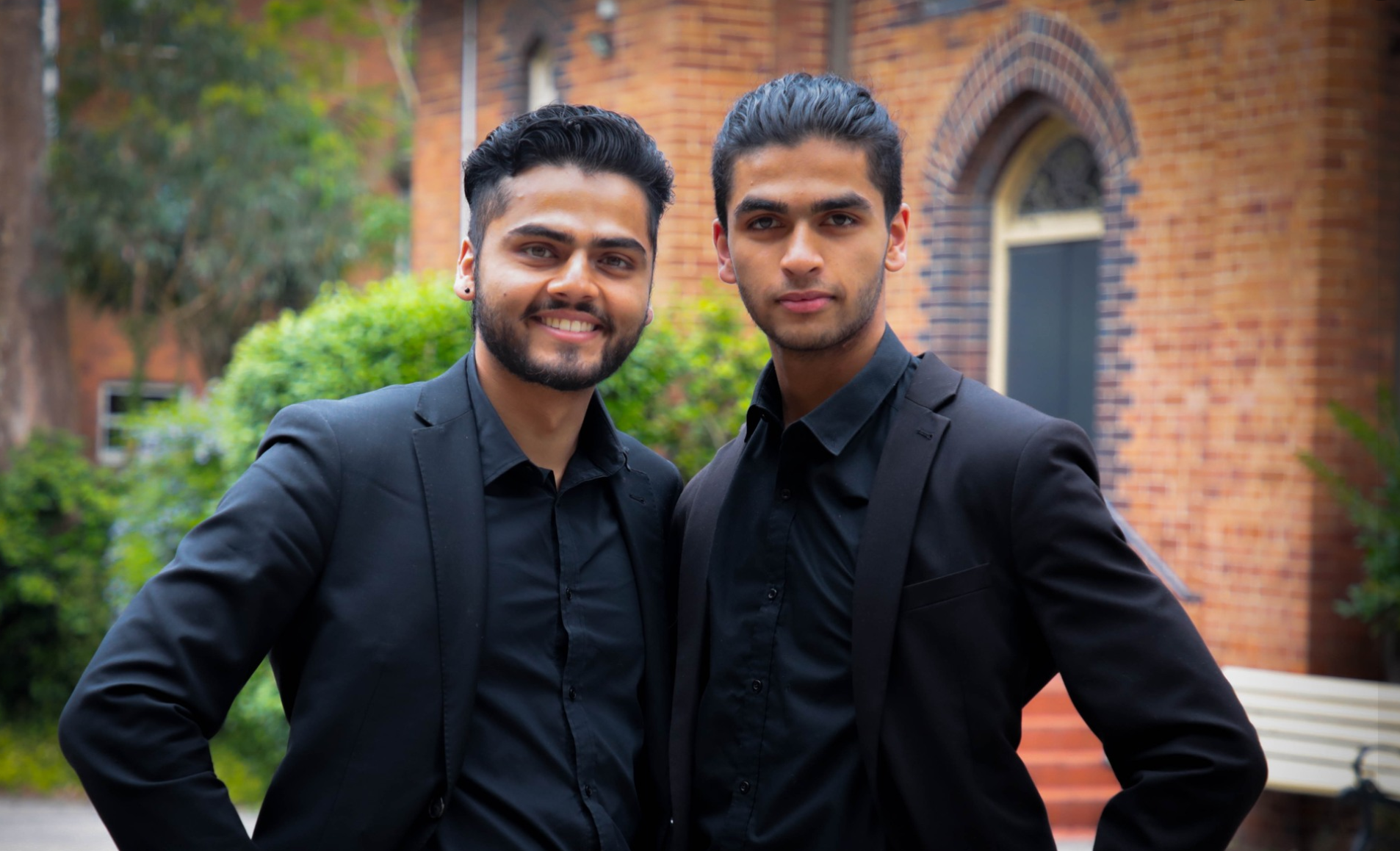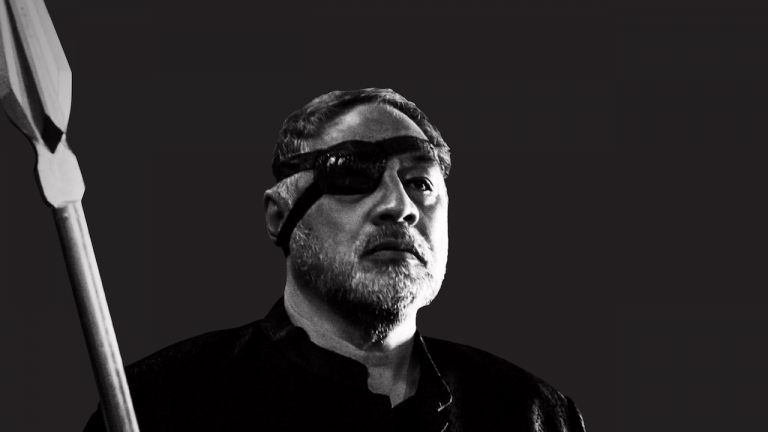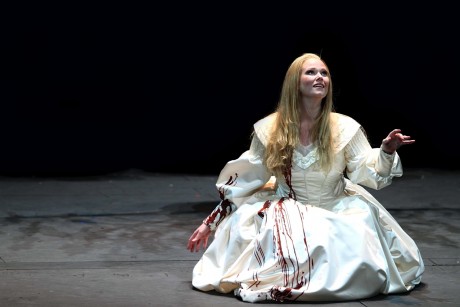A Bold New Venture In Cultural Fusion – The Australian Indian Orchestra
Think about Australia’s links with India and what comes to mind include a fierce rivalry in cricket, some common heritage through the Commonwealth of Nations, the slow infiltration of Indian food into everyday fare, and most recently, The Quad (Quadrilateral Security Dialogue), a strategic security collaboration to which Australia and India belong. In 2023, Indians became the largest group to migrate to Australia. Despite these connections, apart from popular hits like the movie Slumdog Millionaire and its theme music, the exposure to Indian musical culture, whether classical or popular, has been minimal.
Australian-born and of Indian parentage, the Nagaraj brothers, Sagar (26) and Suraj (20) are set to remedy this vacuum with their enterprise, the Australian Indian Orchestra (AIO). Formed just this year with Suraj as conductor and Sagar as concertmaster, the AIO will debut at the Verbrugghen Hall of the Sydney Conservatorium of Music in August. Sagar has performed with the Australian World Orchestra, The Australian and Sydney Youth Orchestras and The Metropolitan Orchestra and runs a busy teaching practice; Suraj is concertmaster of the Sydney Youth Orchestra and has arranged all the music for the entire orchestra.
The AIO’s inaugural concert, Sydney to Mumbai: A Symphonic Journey to Incredible India will feature some of the most popular Bollywood songs performed by a 60-piece symphony orchestra comprising emerging and established talents from the Sydney Conservatorium of Music and Sydney Youth Orchestras.
Speaking to SoundsLikeSydney, Sagar explains his vision of connecting Australians and Indians through music. “We don’t see Indians attending western classical shows that much although the food outlets and sport are well patronised. A musical collaboration has potential because the music of India and of Bollywood is very symphonic. This is a new facet to the relationship between the two countries which includes representation and diversity. The musicians are some of the nation’s best Indian and Australian musicians and they’re very versatile.”
Sagar Nagaraj began playing the violin aged 8, learning from a teacher in the Sydney suburb of Eastwood. “We were not musical family at all” he admits, “Violin lessons were a way for my parents to keep me busy and I went through my exam grades immersed in my two passions of violin and cricket. I went through to the Arts Unit Orchestra and then the Sydney Youth Orchestras which is where I really caught the bug for playing in ensembles. The opportunities were just fantastic, and culminated in performing with the Australian World Orchestra which was huge. We toured to India in 2018 with Maestro Zubin Mehta, playing in three cities.”
The spark for the AIO, says Sagar, came from a concert they presented in November 2022 in Sydney. Playing both Western and Indian music to an equally mixed audience, they discovered that by far the most popular piece was a medley of Indian film music, Indian String Sensations that Suraj transcribed for orchestra. “They are some of our favourite tunes from Hindi, Kannada and Tamil movies arranged for string orchestra. Now we’re amping it up and Suraj is arranging them for full symphonic forces” says Sagar.
“The popularity of that piece was a clear signal that we were on to something here which appealed not just to Indian people but to non-Indians as well. The audience and the musicians thought it was cool. It is very orchestral, and it has that Indian flavour to it using special techniques and instrumentation including the harp. We mimic Indian musical techniques in the Western, upright, form of playing. Suraj in fact got violin lessons in the style from notable teachers H.K. Narasimhamurthy and Mysore Nagaraj. From these experiences, he wanted a bigger project to sink his teeth into and forming the AIO just ticked all the boxes. We thought it was our calling as second-generation Australian-Indians.”
The dynamics between the two brothers as they grew up, playing the same instruments was competitive in the early days admits Sagar. “But after a while, it turned into more of a mentoring thing. Because the age difference between us is 6 years, Suraj was able to learn by listening to me. There are videos of me aged around 10 when I was preparing for exams and he was just 4, rocking back and forth and side to side, swaying his head very musically. I would teach him a lot growing up, but he has a better ‘ear’ than me. He was always better than me at the aural side of things.” Generously, Sagar jokes, “I attributed that to the fact that he was listening to me for so long, of course he’s going to be better than me. I keep telling him it’s his job to be better than me. Anytime someone asks whether I feel like I am being shown up by my younger brother I say “That’s the point. He has to be better than me.”
Joining the AIO on stage will be an ensemble of musicians singing and playing in Indian style. They include Sydney-based vocalists Avijit Sarkar, Ruhani Dhillon, Vikas Kolar, and Rucha Lange with Abhijit Dan on tabla, R. Nagraj on sitar, Behzad Ansari on santur, Mayank Singh and Vijendra on guitar and Satyajeet Roy playing keyboard and piano. On the program are some of the most memorable songs from celebrated Bollywood movies and artists across the decades including Mohammed Rafi, Kishore Kumar and Lata Mangeshkar.
This fusion of instruments and styles, says Sagar, will create a very interesting instrumental blend. “We don’t have any traditional Indian violins as it will be a western orchestra, but we will add the table, sitar and santur mostly to satisfy the requirements of the songs that are being arranged. The performers are aged from around 17 upwards, comprising emerging musicians with established artists who come from ensembles like the Opera Australia Orchestra and the Willoughby Symphony Orchestra.”
There is more to music from the Indian sub-continent than Bollywood tracks. India has a sumptuous tradition of classical music, performed as vocal and instrumental works and as accompaniments to dance. Noted exponents of this tradition include the late sitar maestro Ravi Shankar, his dancer brother Uday Shankar, sarod player Ali Akbar Khan and singer Lata Mangeshkar. Pioneering collaborations between Western and Indian musicians include Ravi Shankar’s Concerto for Sitar and Orchestra, (1971) performed by the London Symphony Orchestra conducted by André Previn, projects by the Kronos Quartet with Asha Bhosle, and the music of Nitin Sawhney.
Sagar is “absolutely determined” that the AIO will pursue the classical route as well. “It’s why we didn’t call ourselves the Bollywood Orchestra because while that might be more popular, we rejected that title because we want to go down the classical side of things as well. These works have already been written and we stand on the shoulders of giants. The presence of theses wors makes it a little easier to step into this forum because there is huge potential to include classical instruments like the flute and violin which straddle both cultures. We could even form ensembles with unusual combinations of instruments that have existed not before.
Sagar’s vision for the future is compelling. “We want to perform everywhere!” he declares. “We want to use Indian instruments and music with a Western-style orchestra. We have developed our skills through life; we understand the Western style of music and we want to make music with what we have. We want to connect people and make music – who knows where it could take us?”
Shamistha de Soysa for SoundsLikeSydney©






